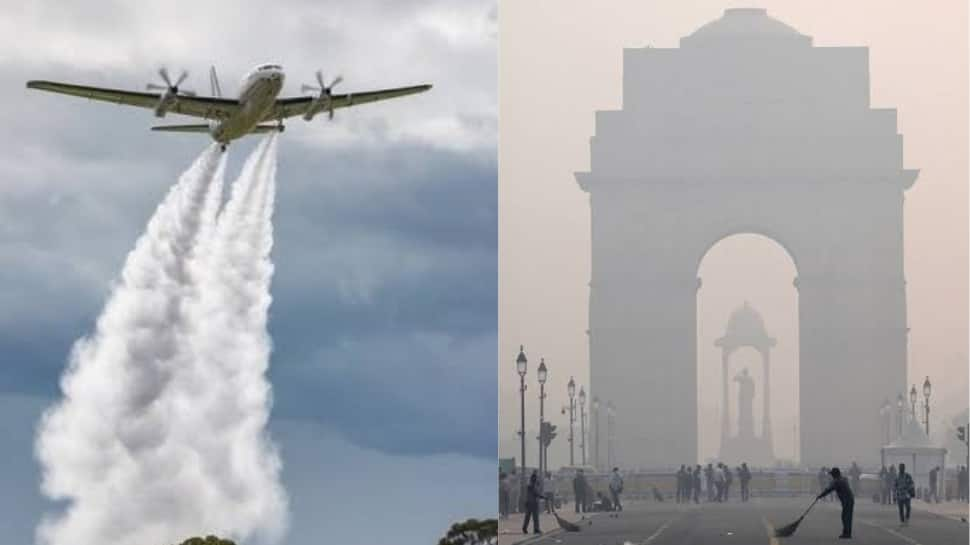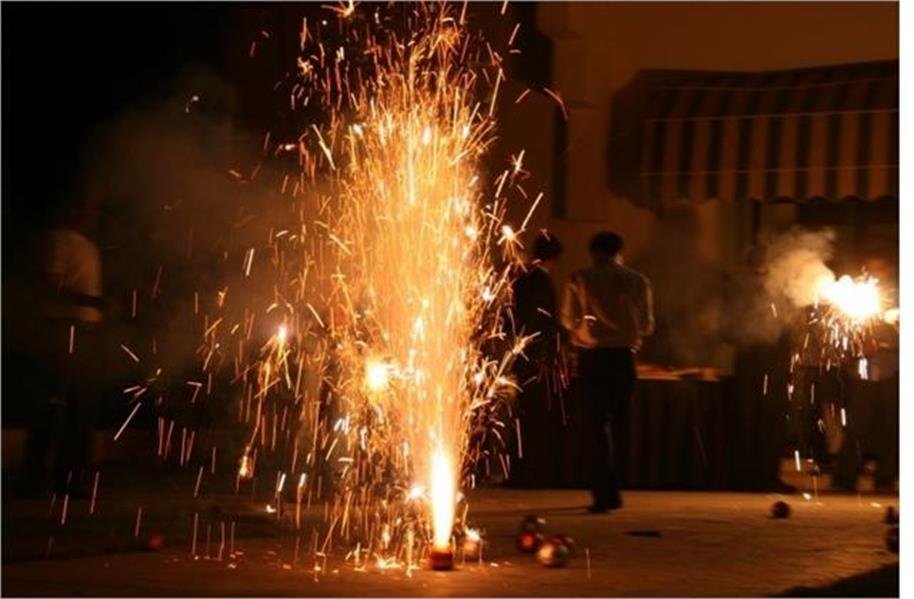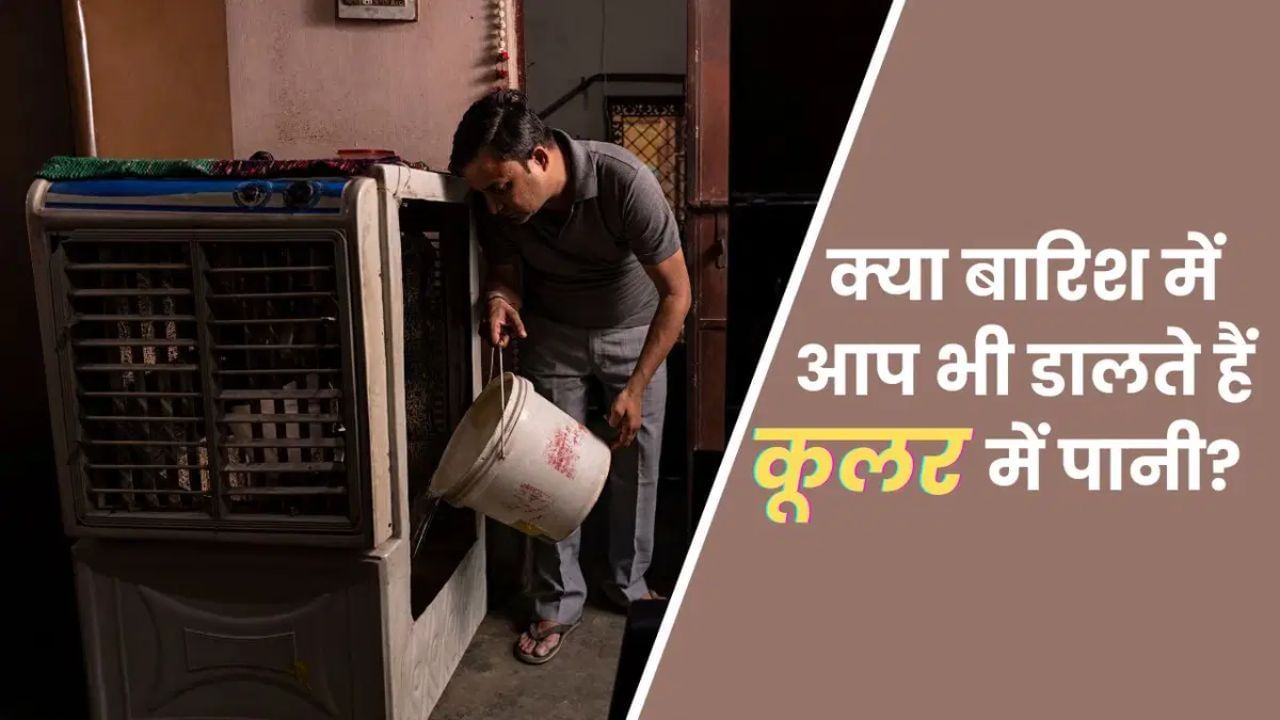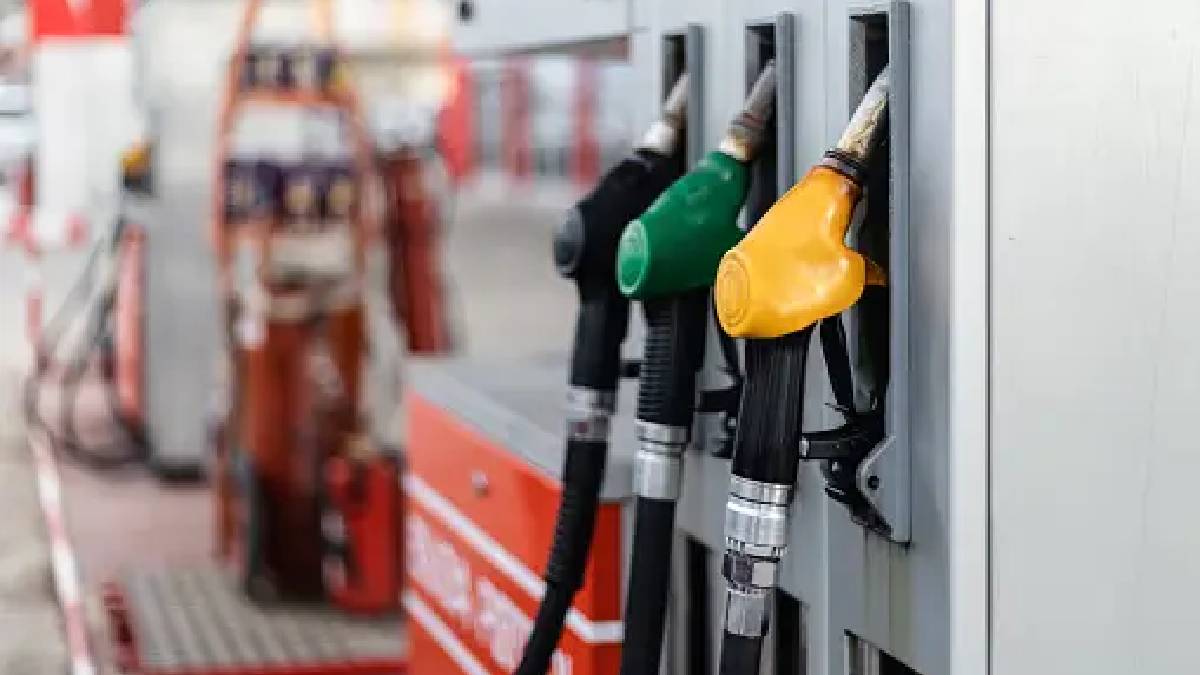Heavy smog led to the unfortunate abandonment of the India vs. South Africa T20 match in Lucknow, sparking a wave…
Browsing: Air quality
With air quality in India reaching critical levels, particularly during the winter months, car air purifiers are emerging as a…
Delhi is set to embark on a pioneering effort to combat its notorious air pollution by conducting its first cloud…
Allegations have surfaced from Delhi’s Environment Minister, Manjinder Singh Sirsa, accusing the Aam Aadmi Party (AAP) of orchestrating stubble burning…
The Chief Justice of the Supreme Court, Justice B.R. Gavai, on Friday, voiced his opposition to restricting the firecracker ban…
Delhi, after experiencing a month of heavy rain, anticipates a change in weather this week, with the IMD forecasting thundershowers…
While the monsoon brings a drop in temperature, the associated humidity often compels people to use coolers. However, medical experts…
The seemingly innocuous act of sleeping in a car with the AC running carries a significant risk, as illustrated by…
The Delhi government has temporarily suspended its fuel restriction policy for older vehicles in response to widespread public dissent. The…
The Delhi government has temporarily suspended its plan to restrict fuel for End-of-Life (EOL) vehicles in the capital. This decision…











